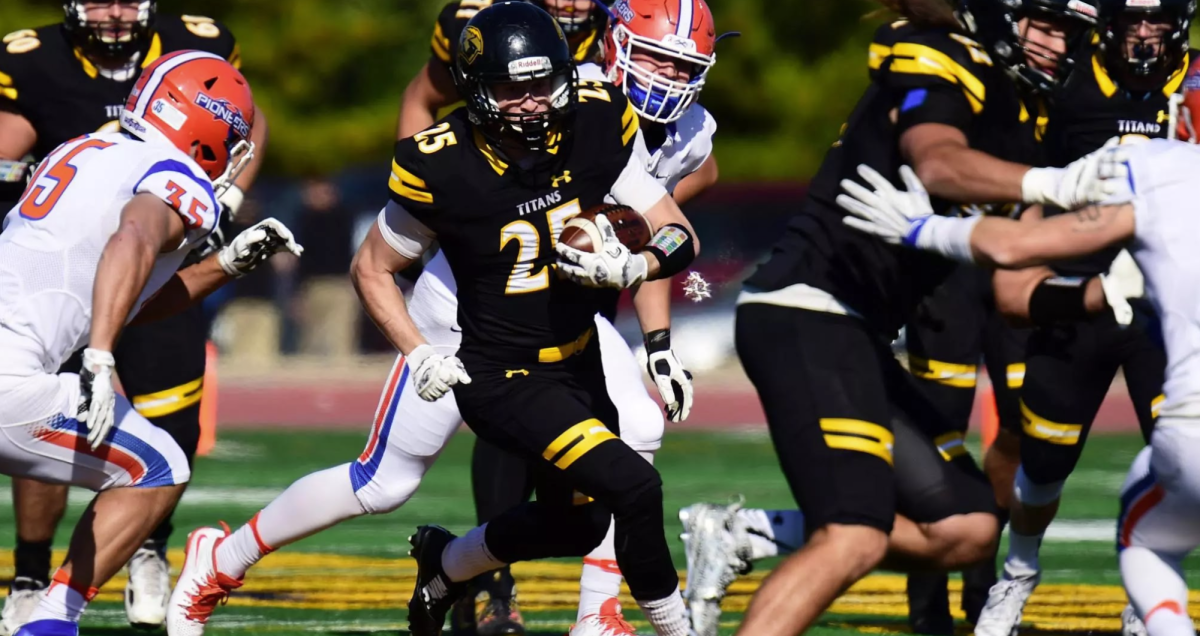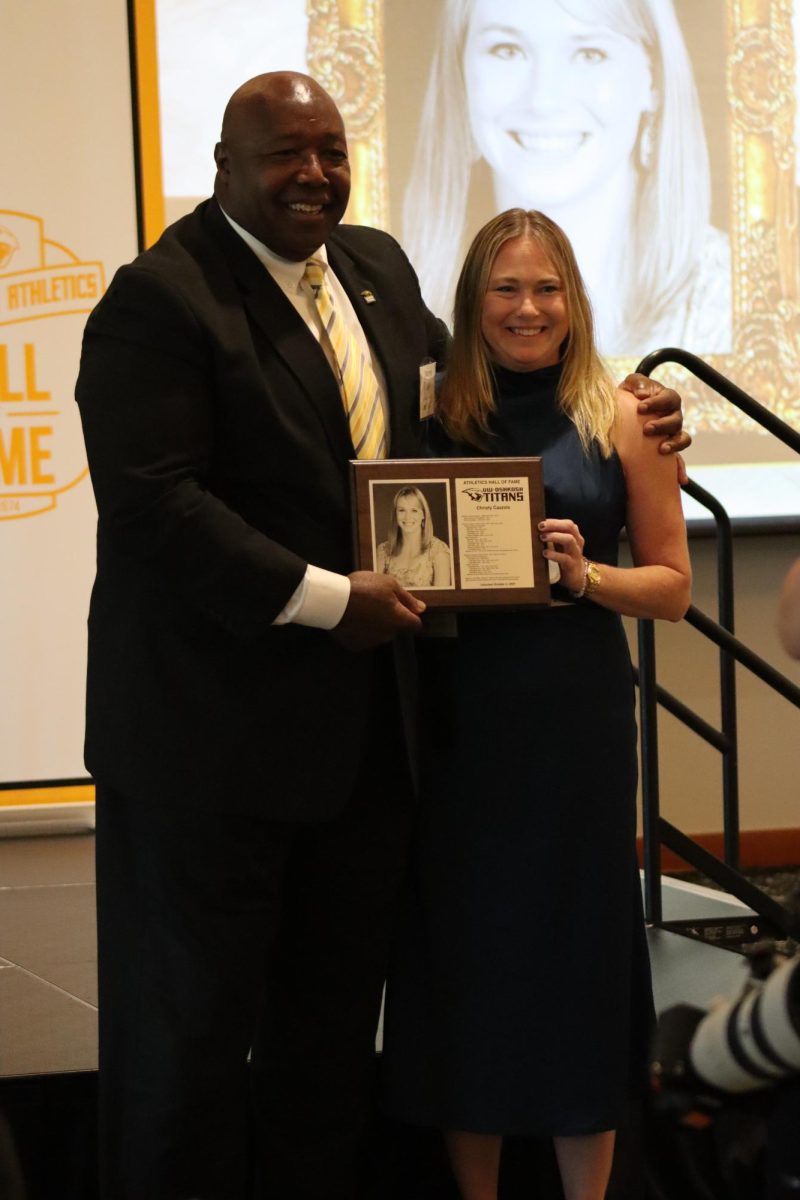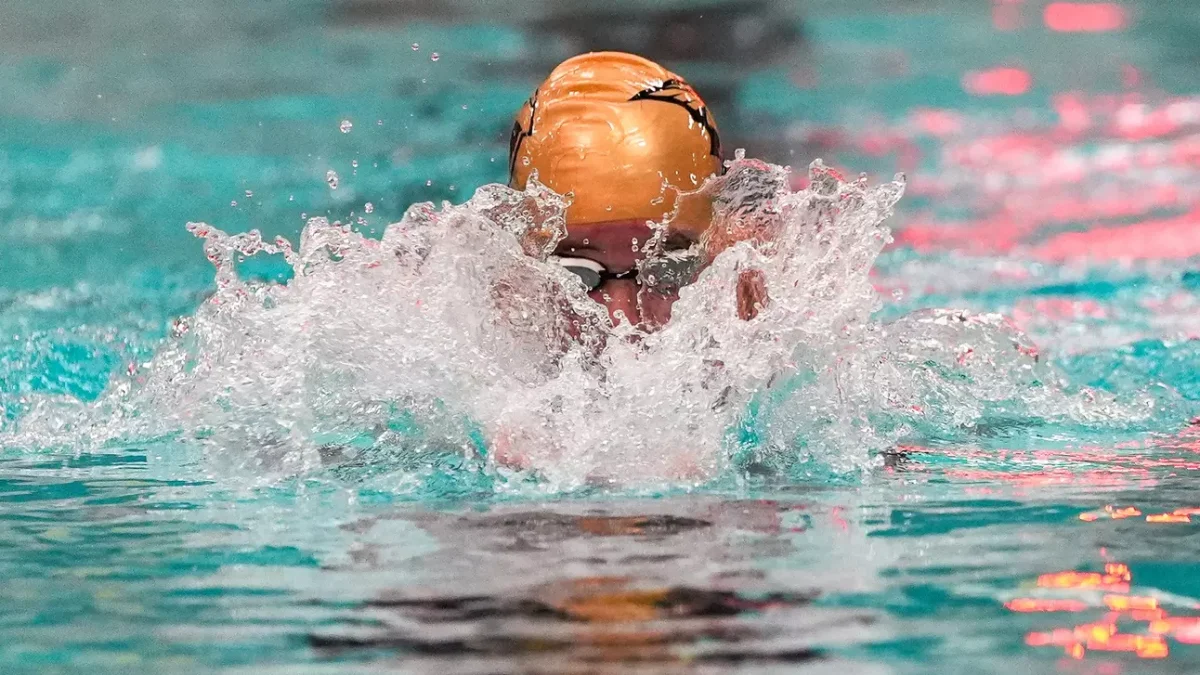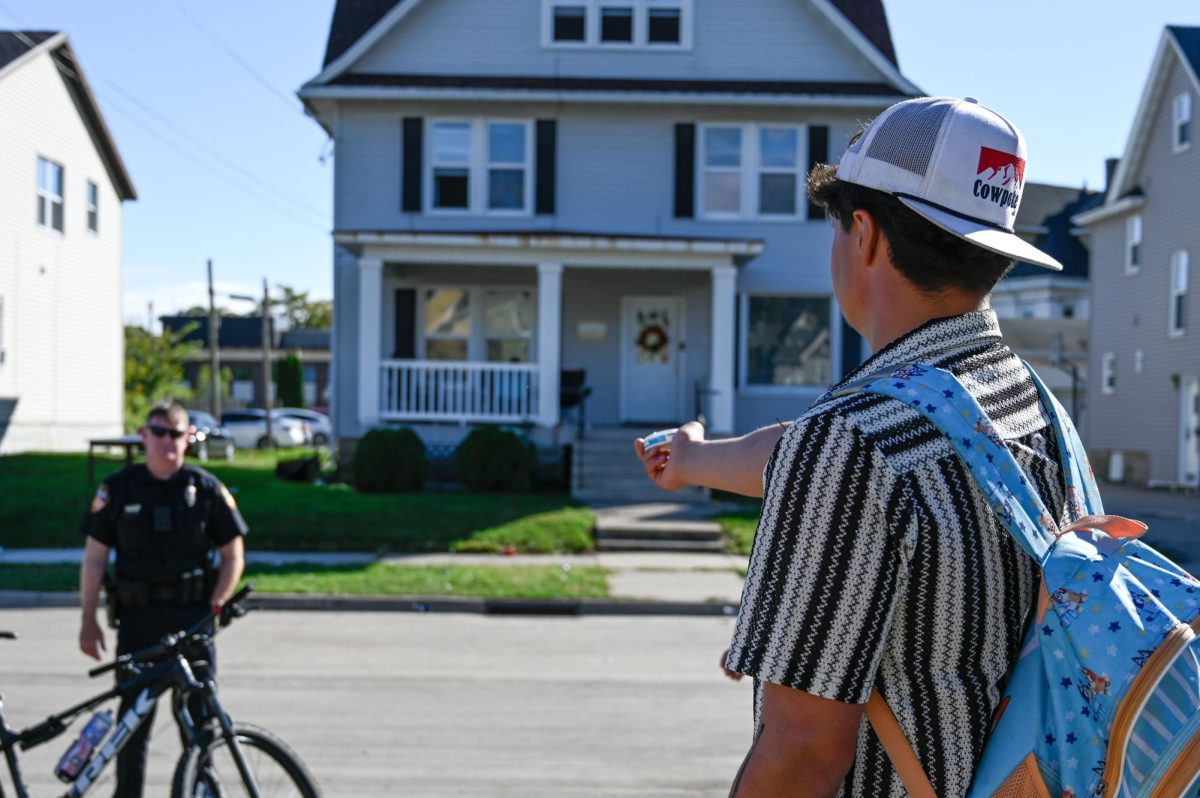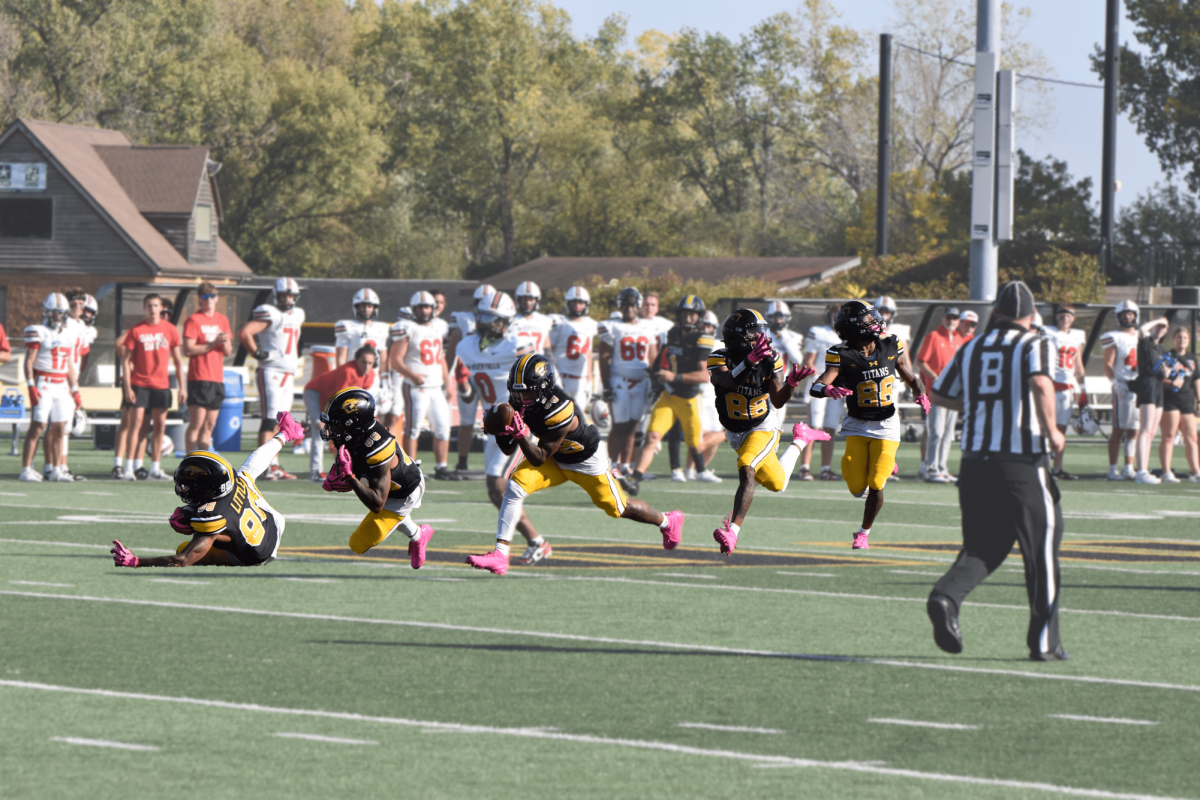When a sports team at UW Oshkosh travels to a tournament for the weekend or needs a new set of uniforms, it is not the athletes who pick up the bill or the athletic department who covers the cost or the Wisconsin Intercollegiate Athletic Conference who hands over the money. Rather, the student body as a whole, even those who do not participate in a sport, pay for the operating cost of all 17 varsity teams at UWO.
Segregated fees, what students pay along with tuition and room and board, help cover the costs of athletics. During the 2015-2016 school year, full-time students at Oshkosh paid $1,122.00 in these fees, Segregated Fees Committee Chair Christopher Stockus said.
Each student paid $70.15 to sports teams operating expenses. This was a three percent increase from the prior year, Stockus said.
Operating costs include team travel, lodging, meals, uniforms, equipment and officials.
According to the Equity in Athletics Disclosure, which can be found on the UWO athletics website, the total operating costs between all men’s and women’s sports was $792,747 for 2015-16. However, segregated fees do not totally cover this cost, UWO Associate Budget Planner Douglas Salmon said.
“Most of a team’s operating costs are from segregated fees, however, they are also supplemented through fund-raised dollars and revenue from operating sports camps,” Salmon said.
According to Jamie Ceman, the Chief Communications Officer at UW Oshkosh, each individual team’s budget is determined every year based on past required budgets. This is the easiest way to recognize how much in segregated fees the teams are going to need combined.
“[It was first determined] when budgets were originally distributed from back in the 70s,” Ceman said. “You get what you got last year, plus or minus, unless there’s a budget cut or budget increase from the state.”
Ceman also stated that if a coach has a specific want for his or her team, a fund request can be sent to Athletic Director Darryl Sims.
When asked to comment for this article, Sims requested that all questions be directed to Ceman and Salmon.
Additionally, team funds typically do not change due to the amount of athletes on a squad. For example, the men’s swimming and diving teams are a combined budget, and, even though there are no male divers this year, the budget for the team probably was not reduced, Ceman said.
Segregated fees that go toward athletics do not only go toward operating cost, but cover large projects that need to be completed. These costly upgrades can cause seg fees to go up, Stockus said.
According to Stockus, the Seg Fees Committee approved two changes the athletics department wanted to make last semester. A new scoreboard in Kolf, which cost the student body $100,000, and new turf at Titan Stadium for $650,000.
“There wasn’t a whole lot of opposition to approving those purchases,” Stockus said. “For example, the scoreboard is going to allow advertising, which will hopefully help to pay for some of the costs there. Then the fact that we also needed to replace the turf because of the liability issues and injury issues. There wasn’t a whole lot that we could do about that.”
Determining how much students will pay in segregated fees starts with something called Seg Fee Saturday. This is where the Seg Fees Committee, which consists of 17 students, professors and staff, listens to presentations by the different emits segregated fees cover. The presentations consist of how much money a specific service needs and what the money is going to be used for, Stockus said.
“We can look at the breakdown and say ‘you’re asking for this amount of money for travel and we’re only willing to pay this amount of money,’” Stockus said. “In that case they would have to look for other means of funding or just make due without those funds.”
The next Seg Fees Saturday will be held on February 4 and will be open to all students.
The total costs of women’s sports last year was $1,199,467 and men’s was $1,421,676, according to the Equity in Athletics Disclosure.
Because segregated fees do not cover all expenses, for things like recruitment, the money comes from sports camps and team revenue, Salmon said.
“All proceeds from ticket sales go to the central Athletics Program Revenue account,” Salmon said. “A portion of this revenue is then combined with segregated fees to make up the sport budgets.”
Coaches’ salaries work a little different, as they are not funded through either segregated fees or the Athletics Program Revenue account. Rather, coaches are paid using General Purpose Revenue funds. GPR funds are a combination of tuition and state funds that are allocated to UWO from the UW System, Salmon said.
When teams make it to the postseason, such as an NCAA tournament, players are expected to help fund the costs of operation through fundraising.
“The NCAA will reimburse some costs for postseason tournaments,” Salmon said “The remainder is covered through a combination of fund-raised dollars and funds from the central Athletic’s PR account.”
According to Salmon, a team has never been denied participation in the postseason due to a lack of funds. Ceman also said teams are normally able to find a solution.
“These things work out,” Ceman said. “Usually they find a way.”
Ceman said teams are always encouraged to help cover costs through fundraising and asking for donations, something the University did not allow the men’s tennis and soccer teams to do after it was announced they would be cut after their 2016 season. Ceman said it would have been nearly impossible for the men’s soccer and tennis teams to completely cover their budgets from donations alone, as players suggested they do.
“What they were requesting to do is fundraise their entire operational budget,” Ceman said. “To try and sustain any operational budget through fundraised dollars is incredibly difficult. That’s why the administrators didn’t want to do that. It was just setting them up for failure, even if you look at the amount of money that was being fundraised at the time. It was talked about over and over.”
Ceman described the men’s soccer team had about $60,000 of committed donations last year to help fund this year’s potential team. However, she expected only $50,000 would have actually been donated, which would only be enough to cover a coach’s salary.
“Then they wouldn’t have got any operational revenue,” Ceman said. “And for that to be sustainable, they would’ve had to get that every single year. So it puts them in jeopardy every single year of being able to have enough sustainable money. So it’s just setting them up for failure.”
According to Stockus, the Seg Fees Committee was allowed no input in the cutting of the sports teams.
“That was something that was decided well before Seg Fee Saturday last year and we weren’t involved in that decision at all,” Stockus said.
When asked to be interviewed for this article, Director of Communications Mandy Potts asked that questions be directed to Sims instead of Chancellor Andrew Leavitt.
Stockus advised students to become more conscious when paying their segregated fees by taking the time to learn what the money goes towards. He encouraged students to join the Seg Fees Committee and attend Seg Fee Saturday to become more knowledgeable.
“A lot of people just hit the pay button on Titan Web and that’s all they do,” Stockus said. “So I don’t even know how many people are aware in how much they pay in tuition or room and board and things like that. Especially if they aren’t the ones paying for it, if it’s just something loans are covering.”



